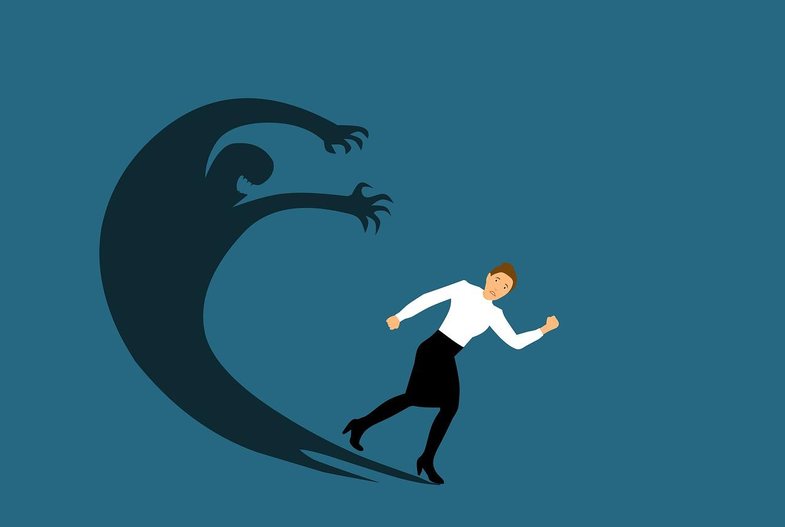
Any irrational fear of something unlikely to cause harm is considered a phobia, a term derived from the Greek word "phobos" meaning fear or horror. Phobia is different from the usual fear of something.
People with phobias actively avoid the object or situation, can not stand it, have intense fear and anxiety. Phobias are an anxiety disorder and are estimated to affect approximately 30% of people.
In the Diagnostic and Statistical Manual of Mental Disorders, Fifth Edition (DSM-5), the American Psychiatric Association describes some of the most common phobias. According to the DSM, specific phobias typically fall into five general categories:
- Fear about animals (spiders, dogs, insects)
- Fear related to the natural environment (heights, thunder, darkness)
- Fear about blood, injuries or medical issues (injections, broken bones, falls)
- Fear of related to specific situations (flight, elevator)
- other (choking, loud noises, diving)
These categories include an infinite number of specific objects and situations. There is no official list of phobias beyond what is described in the DSM, so researchers create names for them when the need arises. Names are usually created by combining a Greek (or sometimes Latin) term that describes phobia with the suffix -phobia. For example, fear of water would be called combining hydro (water) and phobia (fear).
Studying specific phobias is a complicated process. Most people do not seek treatment for these conditions, so cases are mostly not reported. These phobias also vary based on cultural experiences, gender and age.
A 1998 survey of more than 8,000 respondents published in the British Journal of Psychiatry found that some of the most common phobias include:
-acrophobia, fear of heights
- aerophobia, fear of flying
- araknophobia, fear of spiders
- astrafobia, fear of thunder and lightning
- autophobia, fear of being alone
- claustrophobia, fear of closed or crowded
spaces - hemophobia, fear of blood
- hydrophobia, fear of water
- ofhidophobia, fear of snakes
- zoophobia, fear of animals

Burimet: Healthline, Psychology Today







